The arid landscapes of Utah, with their striking red rock formations and expansive desert vistas, hide remarkable prehistoric secrets. Among these secrets are the fossilized remains of therizinosaurs, bizarre dinosaurs related to the famous Therizinosaurus – a creature known for having some of the longest claws of any animal in history. These unusual therapod dinosaurs, with their pot-bellies, long necks, and scythe-like claws, have a fascinating presence in Utah’s geological record. While Therizinosaurus itself lived in what is now Mongolia, several of its relatives once roamed across what would become Utah, leaving behind tantalizing clues about their strange lives and evolutionary significance. This article explores these enigmatic dinosaurs, their Utah connections, and what their presence tells us about prehistoric ecosystems in this region.
The Therizinosaurian Family Tree

Therizinosaurids belong to a peculiar group of theropod dinosaurs that evolved from meat-eating ancestors but transitioned to a plant-based diet. Unlike their carnivorous theropod relatives like Tyrannosaurus rex, these dinosaurs developed features adapted for herbivory, including smaller heads, leaf-shaped teeth, and wide, barrel-shaped bodies to accommodate plant digestion. The family Therizinosauridae includes numerous genera that lived during the Late Cretaceous period, approximately 70-66 million years ago. Their evolutionary history represents one of the most dramatic dietary shifts known in dinosaur evolution, as they moved from predatory lifestyles to peaceful plant-eating. This unusual evolutionary path makes them particularly interesting to paleontologists studying how dinosaur lineages diversified and adapted to different ecological niches.
Nothronychus: Utah’s Own Therizinosaurid
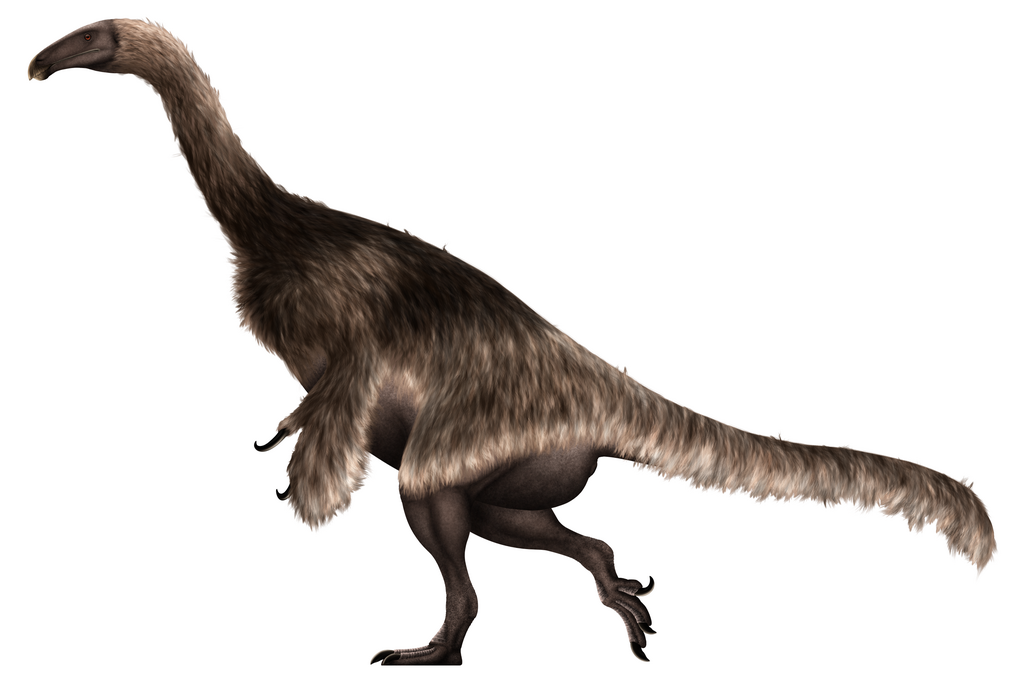
The most significant therizinosaurid discovered in Utah is Nothronychus, a genus represented by two species: Nothronychus mckinleyi and Nothronychus graffami. Nothronychus graffami was discovered in the Tropic Shale formation of southern Utah in 2000, making it the first definitive therizinosaurid found in North America. Standing about 15-20 feet tall and weighing approximately 1-2 tons, this bizarre creature possessed the characteristic long claws of its family, which may have reached over a foot in length. The Utah specimen represents one of the most complete therizinosaurid skeletons ever found, providing scientists with valuable insights into the anatomy and lifestyle of these unusual dinosaurs. Its discovery fundamentally changed our understanding of dinosaur distribution across the ancient world.
The Kaiparowits Formation Discoveries

The Kaiparowits Formation in southern Utah’s Grand Staircase-Escalante National Monument has yielded additional therizinosaurid fossils, though less complete than the Nothronychus specimen. This geological formation, dating to the Late Cretaceous period (approximately 76-74 million years ago), preserves an incredibly diverse ecosystem including many dinosaur species. Paleontologists working in this formation have uncovered therizinosaurid claws, vertebrae, and limb fragments that suggest the presence of at least one, possibly more, species related to Therizinosaurus. These fossils indicate that therizinosaurids were an established component of Utah’s prehistoric fauna, living alongside hadrosaurs, ceratopsians, and tyrannosaurs. The Kaiparowits Formation continues to be actively researched, with new discoveries potentially waiting to reveal more about these mysterious dinosaurs.
Falcarius: A Primitive Utah Relative

Perhaps the most significant therizinosauroid discovery in Utah is Falcarius utahensis, a primitive member of the broader therizinosauroid group found in the Cedar Mountain Formation. Dating to the Early Cretaceous period (approximately 126 million years ago), Falcarius represents an evolutionary transitional form that was just beginning to develop the characteristics associated with later therizinosaurids. Remarkably, thousands of Falcarius individuals have been discovered at a single bone bed site in eastern Utah, suggesting these dinosaurs may have died in a mass mortality event. Falcarius possessed small, serrated teeth suitable for an omnivorous diet, demonstrating the early stages of the shift from carnivory to herbivory. This extraordinary fossil record provides an evolutionary snapshot of a dinosaur lineage in transition, making Falcarius one of the most scientifically important dinosaur discoveries in North America.
Those Remarkable Claws: Form and Function
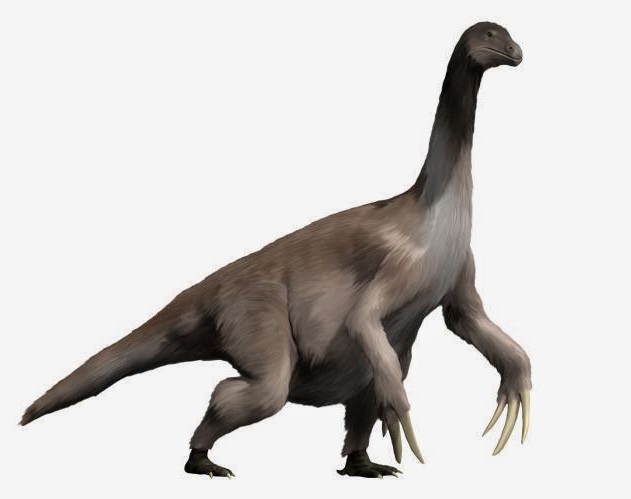
The most distinctive feature of therizinosaurids, including the Utah species, was their enormous curved claws that could reach over three feet long in the largest species like Therizinosaurus itself. These massive claws have puzzled scientists since their discovery, as they seem impractical for predatory dinosaurs. In Utah’s therizinosaurids, the claws were somewhat smaller but still impressive, reaching over a foot in length in some specimens. Rather than serving as weapons, evidence suggests these claws may have functioned as tools for pulling down branches, digging for roots, or perhaps defense against predators. The unique biomechanics of these claws indicate they were suited for hooking and pulling motions rather than slashing or stabbing. The remarkable preservation of some Utah specimens has allowed researchers to study the claw curvature and growth patterns in detail, providing insights into their development and function.
Ancient Utah: The Western Interior Seaway Connection
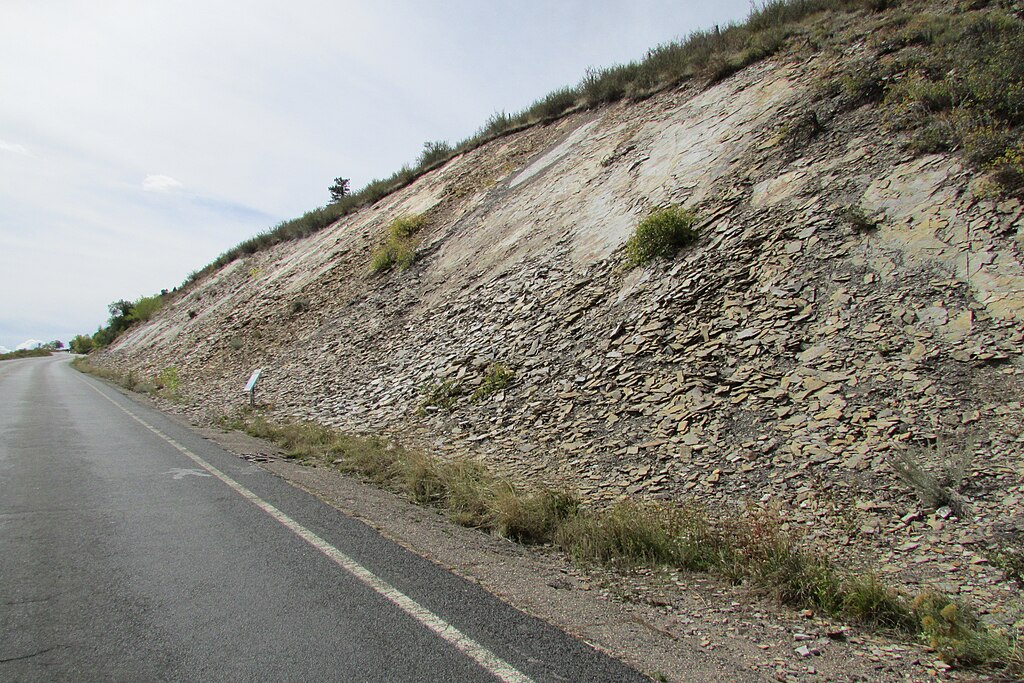
During the Cretaceous period when therizinosaurids lived in Utah, the landscape was dramatically different from the arid region we know today. Much of western North America was split by the Western Interior Seaway, a vast inland sea that divided the continent. Utah was positioned along the western shoreline of this seaway, creating coastal environments with lush vegetation that would have supported herbivorous dinosaurs like therizinosaurids. The discovery of Nothronychus in marine sediments of the Tropic Shale suggests that this individual may have died near the shoreline and been washed out to sea. This unique geological context helps paleontologists understand the environmental conditions that therizinosaurids inhabited and how they fit into coastal ecosystems. The changing shoreline of the Western Interior Seaway also helps explain the distribution patterns of different dinosaur species across western North America during this time.
Diet and Digestive Adaptations

Utah’s therizinosaurids displayed remarkable adaptations for their plant-based diets, setting them apart from their meat-eating theropod relatives. Their teeth evolved from the sharp, serrated blades of typical theropods to small, leaf-shaped structures better suited for stripping vegetation. Fossil evidence from Utah specimens shows these dinosaurs had small heads on long necks, allowing them to reach high vegetation, similar to modern giraffes. Their wide, barrel-shaped bodies contained enlarged digestive systems necessary for processing fibrous plant material. Some fossilized specimens from Utah contain gastroliths – smooth stones that would have been swallowed to help grind plant matter in the dinosaur’s digestive tract, similar to modern birds. These dietary adaptations represent one of the most dramatic evolutionary shifts known among dinosaurs and help explain how therizinosaurids survived in the competitive ecosystems of Cretaceous Utah.
Comparison with Asian Therizinosaurids
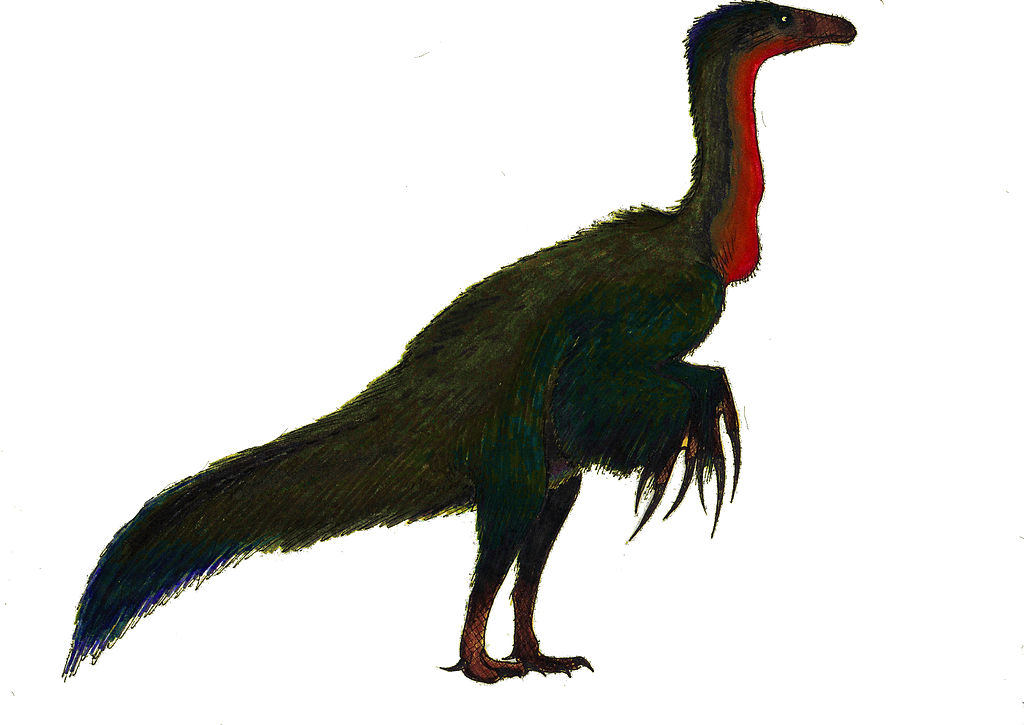
The therizinosaurids of Utah show both similarities and differences when compared to their Asian relatives, including the namesake Therizinosaurus from Mongolia. While sharing the same basic body plan – with long necks, wide bodies, and enormous claws – the Utah species tend to be somewhat smaller and less specialized than some of the Asian forms. Nothronychus and Falcarius display more primitive characteristics than the highly evolved Asian species, suggesting that the group may have originated in Asia and later migrated to North America. Alternatively, some paleontologists propose that primitive therizinosauroids evolved in North America and later dispersed to Asia, where they underwent further evolution. The similarities between Utah and Asian therizinosaurids provide evidence of land connections between these continents during the Cretaceous period, when dinosaurs could migrate across what would later become the Bering Strait region.
Paleoecology: Neighbors in the Ecosystem
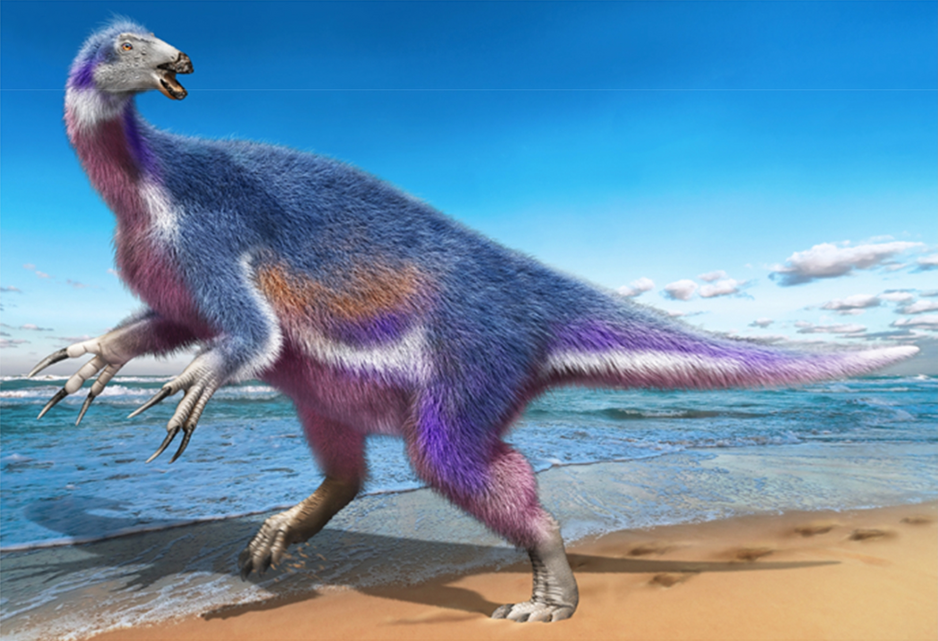
Utah’s therizinosaurids shared their environments with a diverse array of other dinosaurs, creating complex ecological relationships. Fossil evidence from the Kaiparowits and Cedar Mountain Formations shows that these bizarre herbivores lived alongside hadrosaurs (duck-billed dinosaurs), ceratopsians (horned dinosaurs like Triceratops), and ankylosaurs (armored dinosaurs). Predators in these ecosystems included tyrannosaurs and smaller dromaeosaurids (raptor dinosaurs). The unique feeding adaptations of therizinosaurids, with their ability to reach high vegetation with their long necks and pull down branches with their claws, may have allowed them to exploit food resources that other herbivores couldn’t access. This niche specialization would have reduced direct competition with the more numerous hadrosaurs and ceratopsians that shared their habitat. The ecological relationships preserved in Utah’s fossil record help scientists reconstruct the complex dynamics of these ancient ecosystems.
Fossil Excavation Challenges in Utah

Recovering therizinosaurid fossils in Utah presents unique challenges for paleontologists due to both geological and practical factors. Many of the formations containing these fossils are located in remote, rugged terrain characterized by steep cliffs and harsh desert conditions. The Kaiparowits Formation, for example, lies within Grand Staircase-Escalante National Monument, where fieldwork often requires helicopter access or long hikes with equipment. The fossils themselves are frequently found in hard sandstone or mudstone matrices that require careful preparation to extract without damage. Therizinosaurid bones are relatively fragile compared to those of other large dinosaurs, making preservation and recovery particularly difficult. Despite these challenges, dedicated field teams from institutions like the Natural History Museum of Utah and the Denver Museum of Nature & Science have successfully recovered significant specimens through painstaking excavation work spanning multiple field seasons.
Public Displays and Educational Impact
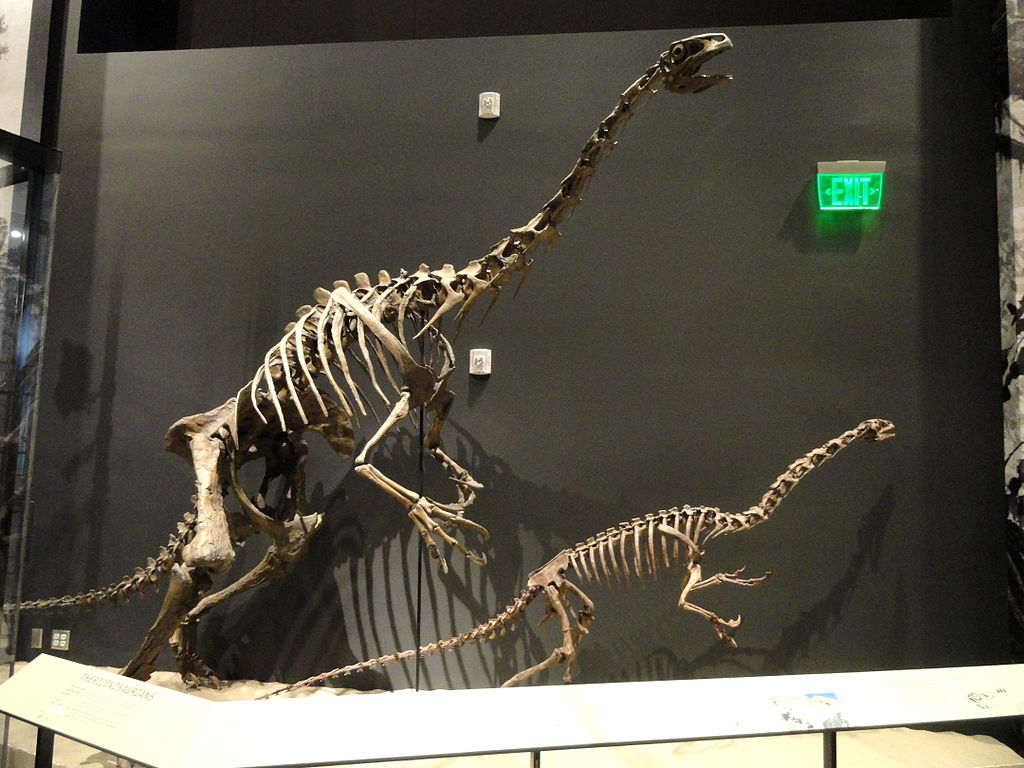
Utah’s therizinosaurid discoveries have made a significant impact on public education and dinosaur exhibits throughout the state. The Natural History Museum of Utah in Salt Lake City features an impressive Nothronychus reconstruction that helps visitors visualize these strange dinosaurs. The museum’s exhibits place these unusual creatures in the context of Utah’s prehistoric ecosystems, explaining their evolutionary significance and unique adaptations. Additionally, the Prehistoric Museum in Price, Utah, houses important Falcarius specimens and educational displays about these transitional dinosaurs. These public exhibitions have dramatically changed popular perceptions of theropod dinosaurs, demonstrating that not all of them were fearsome predators. The discovery of herbivorous therizinosaurs in Utah has provided educators with compelling examples of evolutionary adaptation and dietary specialization that help explain complex scientific concepts to museum visitors of all ages.
Ongoing Research and Future Discoveries
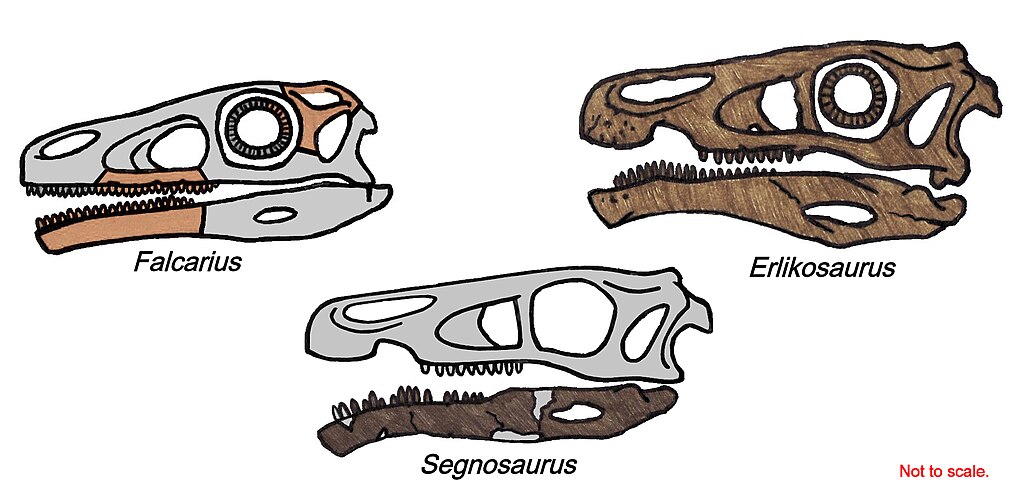
The study of Utah’s therizinosaurids remains an active and exciting area of paleontological research, with new discoveries continuously refining our understanding. Ongoing fieldwork in the Kaiparowits Formation and other Late Cretaceous deposits may yield additional specimens that could fill important gaps in our knowledge. Researchers are particularly interested in finding more complete skull material, which is rare among therizinosaurid fossils but crucial for understanding their feeding adaptations. New analytical techniques, including CT scanning and computational biomechanics, are being applied to existing specimens to better understand claw function, locomotion, and growth patterns. The potential for future discoveries is significant, as much of Utah’s fossil-bearing terrain remains incompletely explored. The continuing research on these dinosaurs not only enhances our understanding of Utah’s prehistoric past but also contributes to broader questions about dinosaur evolution and ancient ecosystems across the northern hemisphere.
Conservation of Fossil Sites
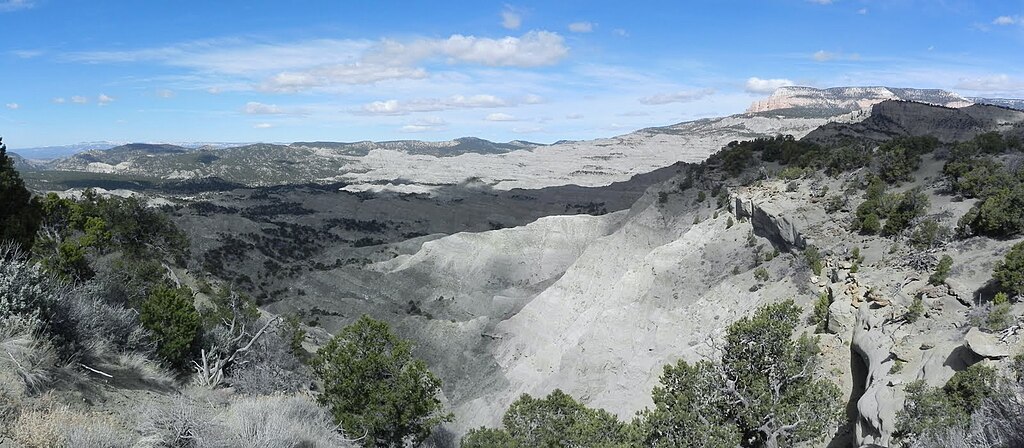
The protection of Utah’s fossil-rich formations is crucial for preserving scientific access to therizinosaurid remains and other dinosaur fossils. Many important sites are located within federally protected lands such as Grand Staircase-Escalante National Monument and Bears Ears National Monument, where collecting is strictly regulated. These protections ensure that fossils are properly excavated by trained paleontologists with appropriate permits, rather than being lost to private collection or damaged by improper removal. However, these areas have faced changing boundaries and protection status in recent years, creating uncertainty about the future preservation of some fossil localities. Paleontologists work closely with land management agencies to identify and protect significant fossil sites while educating the public about the scientific and cultural importance of these irreplaceable resources. The conservation of these sites ensures that future generations of scientists can continue to study Utah’s remarkable therizinosaurid dinosaurs and make new discoveries about these enigmatic creatures.
The bizarre therizinosaurids of Utah represent one of paleontology’s most fascinating evolutionary stories – theropod dinosaurs that abandoned meat-eating to become specialized herbivores. From the primitive Falcarius with its transitional features to the more specialized Nothronychus with its impressive claws, these dinosaurs demonstrate the remarkable adaptability of dinosaur lineages. Their presence in Utah’s rock formations provides a window into ancient ecosystems that existed in this region millions of years before the landscapes we know today took shape. As research continues and new specimens emerge from Utah’s fossil-rich badlands, our understanding of these strange-clawed dinosaurs will continue to evolve, adding new chapters to the remarkable prehistoric story of the American West.



